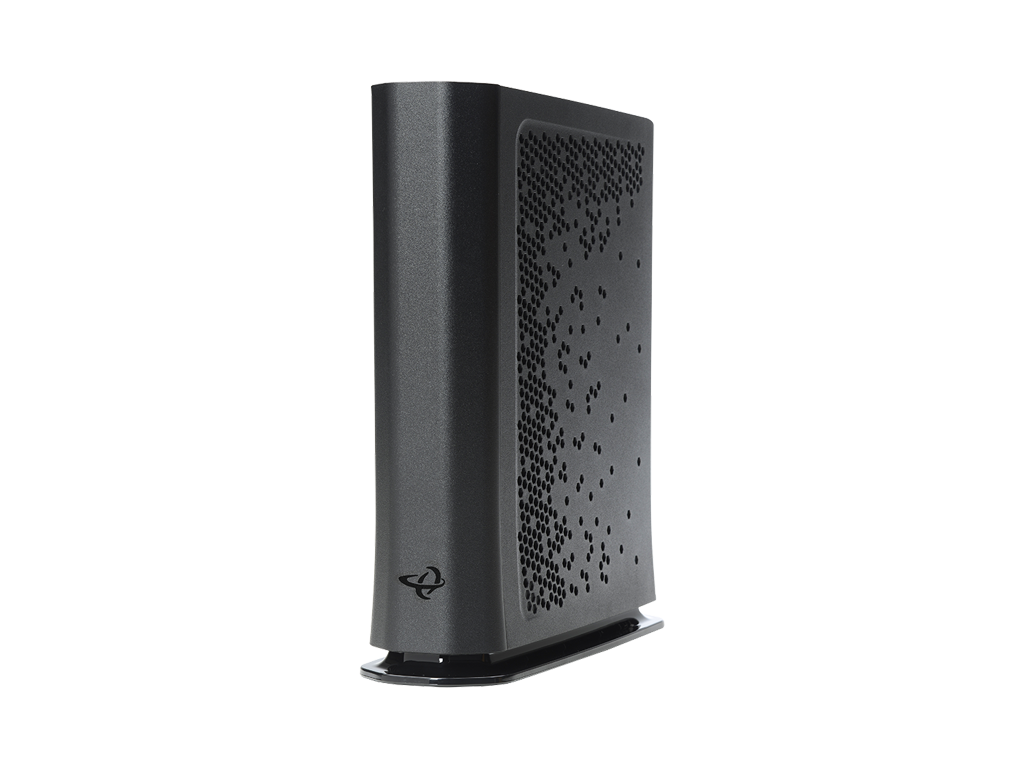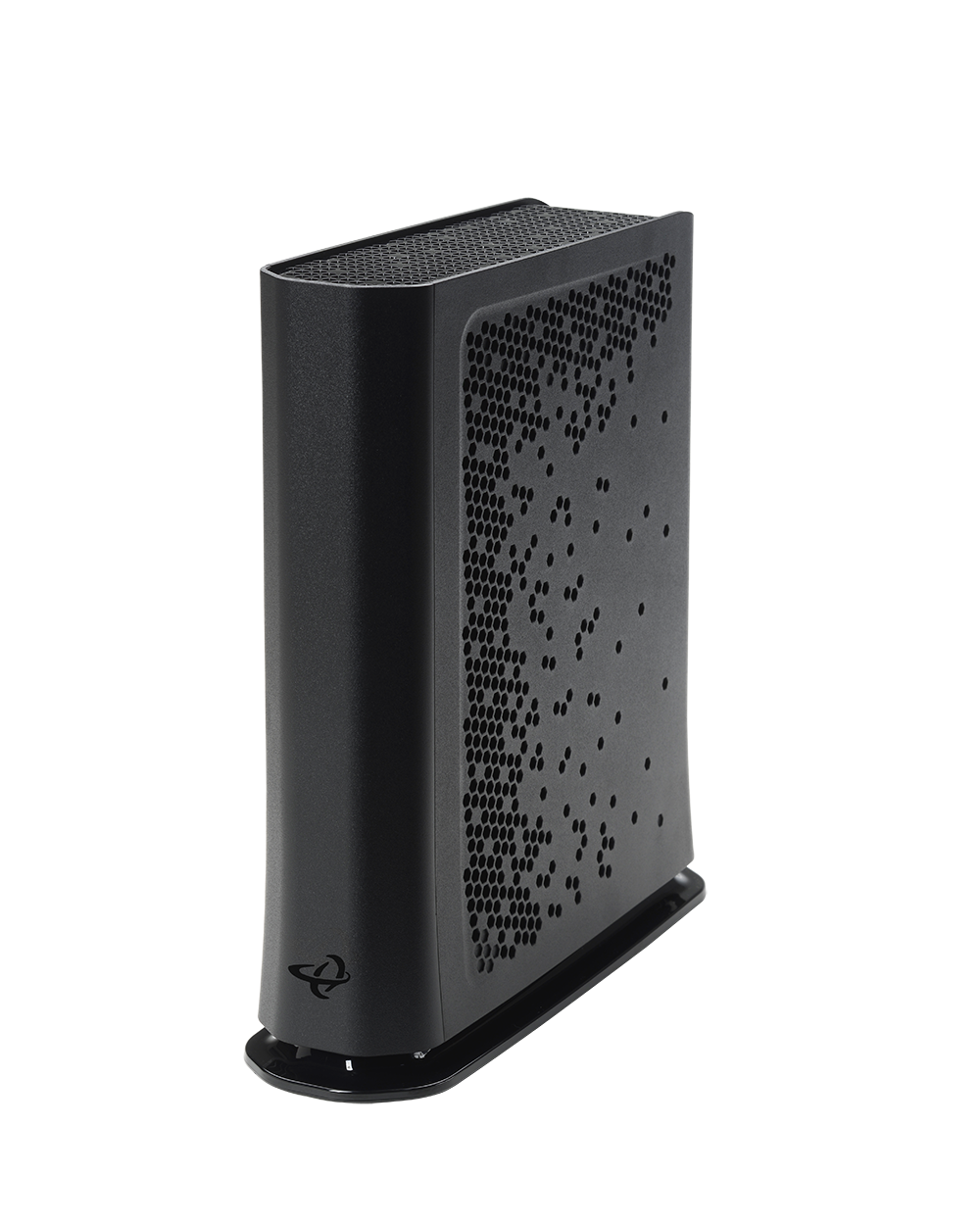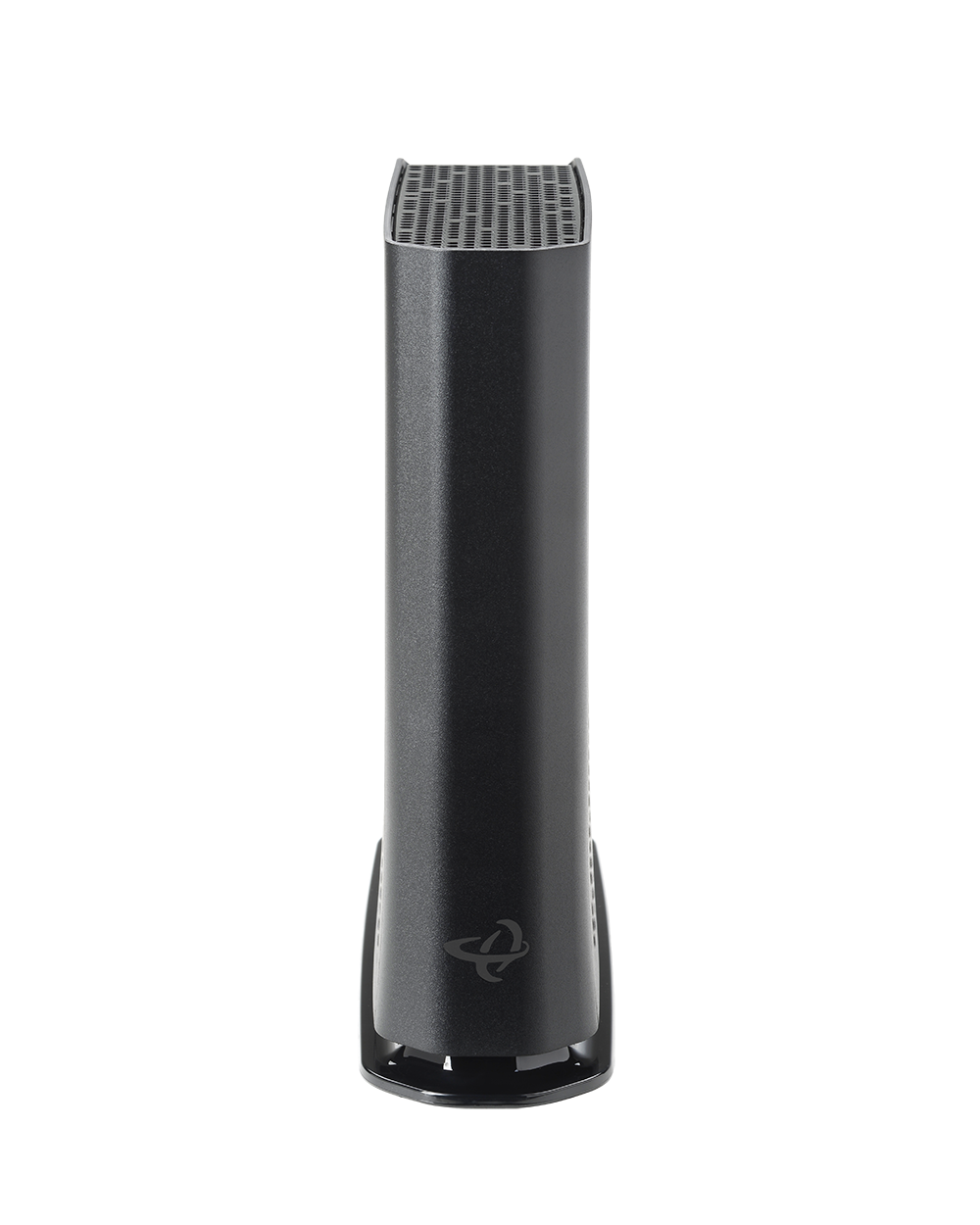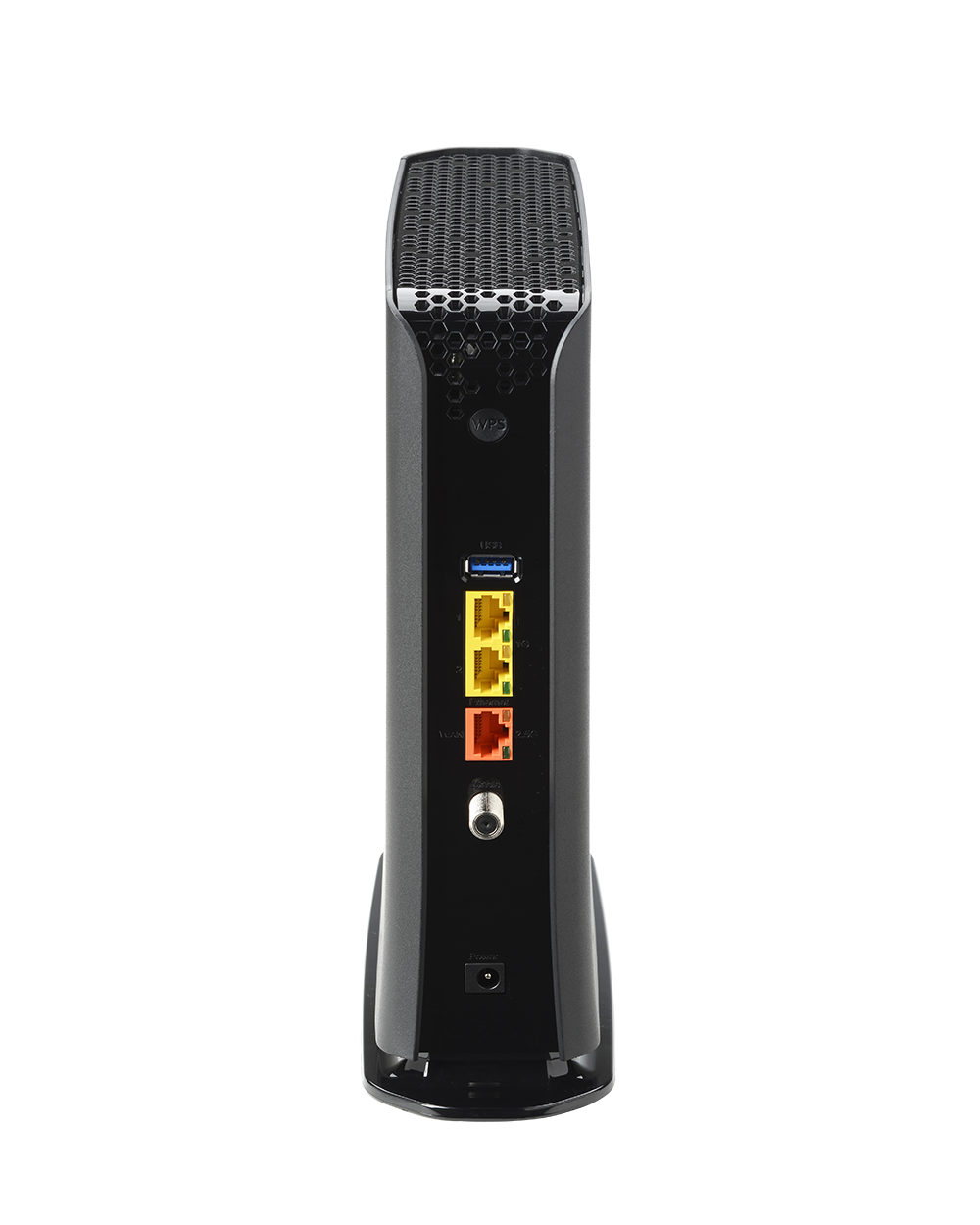DOCSIS 3.1 with Full Backward Compatibility
Supports 2×2 OFDM/OFDMA plus DOCSIS 3.0 32×8 bonding to ensure multi-gig performance today with smooth compatibility for existing DOCSIS 3.0 deployments.
Extended Downstream to 1218 MHz
Provides expanded downstream capacity, enabling more throughput and future-proofing networks for higher-speed broadband plans.
Flexible Upstream Frequency
Switchable upstream modes (5–85 MHz / 5–204 MHz) support mid-split and high-split transitions without hardware replacement.
Wi-Fi 6 Advantage
Dual-band Wi-Fi 6 with 4×4 5 GHz and 4×4 2.4 GHz radios ensures higher speeds, lower latency, and improved efficiency for multiple connected devices.
Multi-Gig Wired Connectivity
Features 1× 2.5 Gbps Ethernet port and 2× 1 Gbps ports for high-speed wired backhaul and device connectivity.
Carrier-Grade Management
Supports TR-069, TR-369, SNMP, and HNAP, and integrates with Hitron’s management ecosystem (MyHitron+, HitronCloud) for simplified provisioning, troubleshooting, and diagnostics.
Benefits for Service Providers
- Future-Proofed with Extended Downstream: Ready for faster broadband services thanks to 1218 MHz downstream support.
- All-in-One Simplicity: Combines DOCSIS 3.1 modem and Wi-Fi 6 router into one device to reduce install complexity and streamline support.
- Flexible Deployment: Backward compatible with DOCSIS 3.0 and adaptable to evolving upstream splits.
- Enhanced Customer Experience: Strong Wi-Fi 6 and multi-gig wired connections support 4K/8K streaming, gaming, smart homes, and more.
Key Specifications
- DOCSIS Support: DOCSIS 3.1 (2×2 OFDM/OFDMA) + DOCSIS 3.0 (32×8)
- Downstream Band: Extended up to 1218 MHz
- Upstream Modes: Switchable 5–85 MHz / 5–204 MHz
- Wi-Fi: Dual-band Wi-Fi 6 (4×4 5 GHz + 4×4 2.4 GHz)
- Ethernet Ports: 1× 2.5 Gbps + 2× 1 Gbps
- Management: TR-069, TR-369, SNMP, HNAP, MyHitron+, HitronCloud
- Other Features: IPv4/IPv6 support, multiple SSIDs, advanced security and firewall features
Documentation
Other Products to Consider
Product
Modem Type
Frequency
WiFi
Wired LAN
Voice
Learn More about Cable Modems & Routers
Do Cable Modems Need a Router?
Do Cable modems need a router? While your cable modem doesn’t need a router to deliver an Internet connection, the addition of a router offers the benefits of a WiFi connection and adds flexibility to your home network. Your home network is only as good as the...
Are All Cable Modem Router Combos the Same?
While upgrading networking equipment can be a hassle, it’s an essential part of optimizing your Wi-Fi and getting the best speeds and connection possible. Before you make a purchasing decision, it’s important to understand how cable modems, routers, and cable modem...
What is Required to be an Approved Spectrum Modem?
To be approved by Spectrum, a modem must support DOCSIS 3.1, be tested by Spectrum for performance, and appear on their official list of authorized devices. Choosing a Spectrum-approved modem ensures compatibility, reliable speeds, and full support from your provider....
Cable Modem Routers: Beamforming vs Band Steering vs MU-MIMO
Here’s what you need to know about MU-MIMO, beamforming, and band steering. Each technology is very similar in making a WiFi network faster and more efficient, but they do have slight differences. Let’s break it down. What is Beamforming? Beamforming is a router...
Cable Modem Router Combo vs. Cable Modem Separately – Which is Better?
Home networking can be as simple or as complicated as you want. When it comes to your Wi-Fi home network set up, you need two things for a Wi-Fi connection: a modem and a router. The modem is a device that delivers data from your Internet service provider (ISP),...




